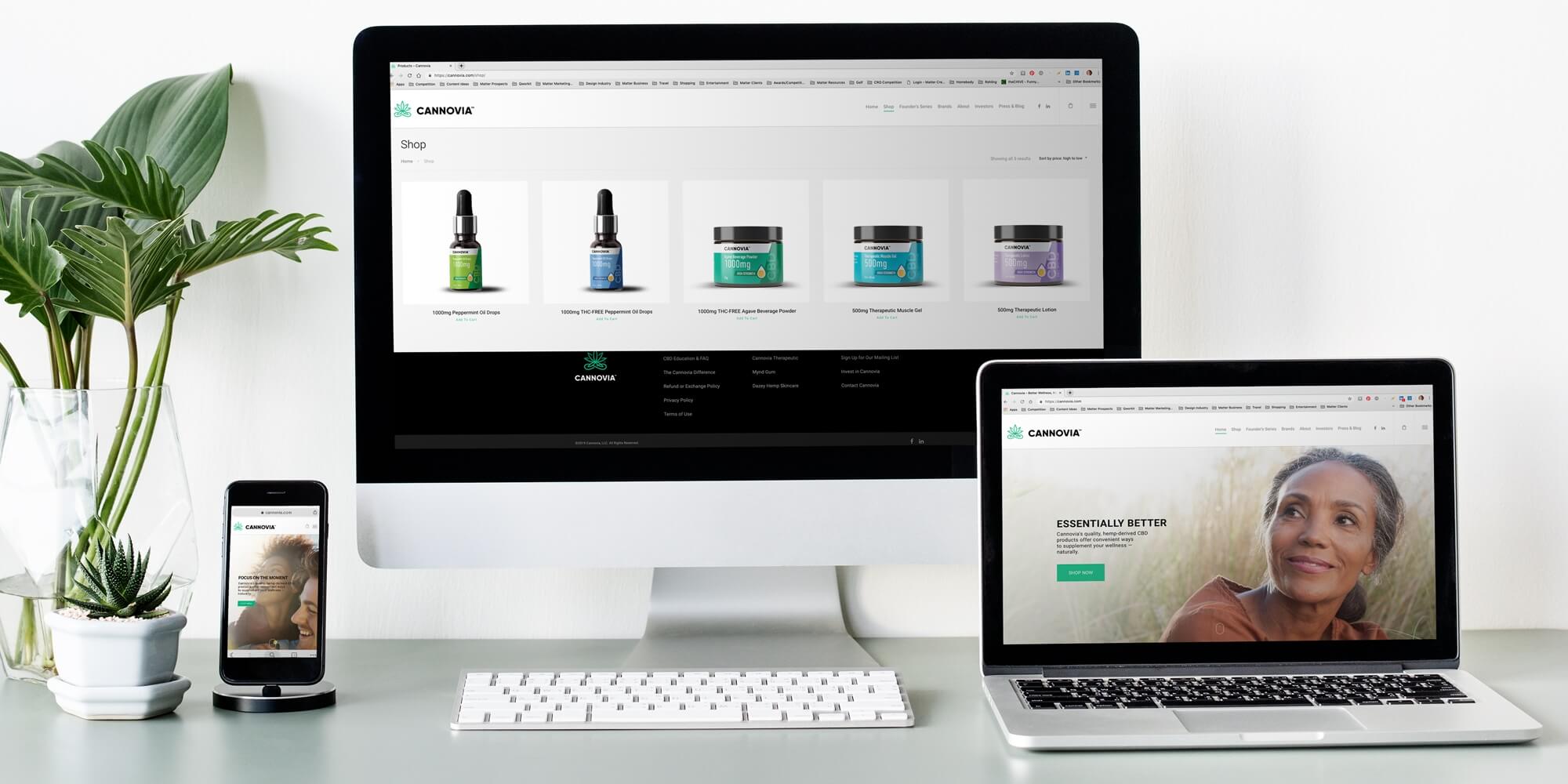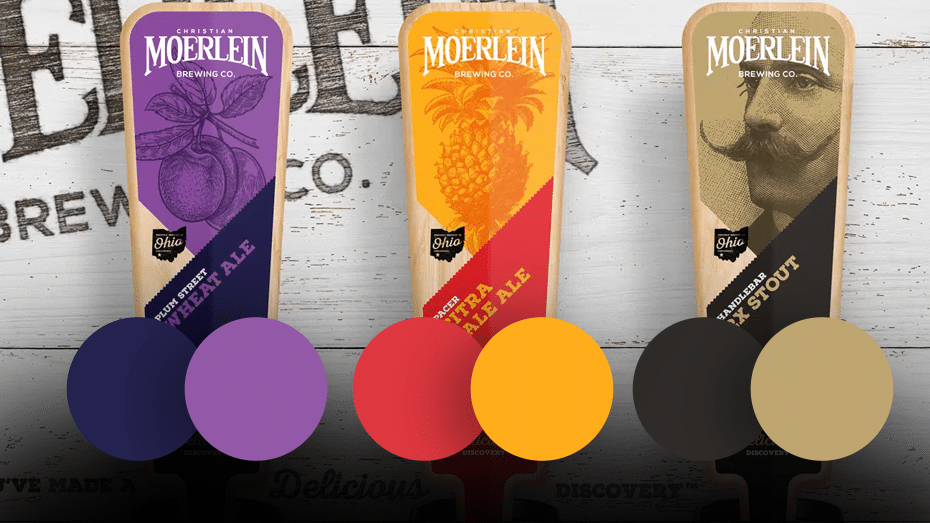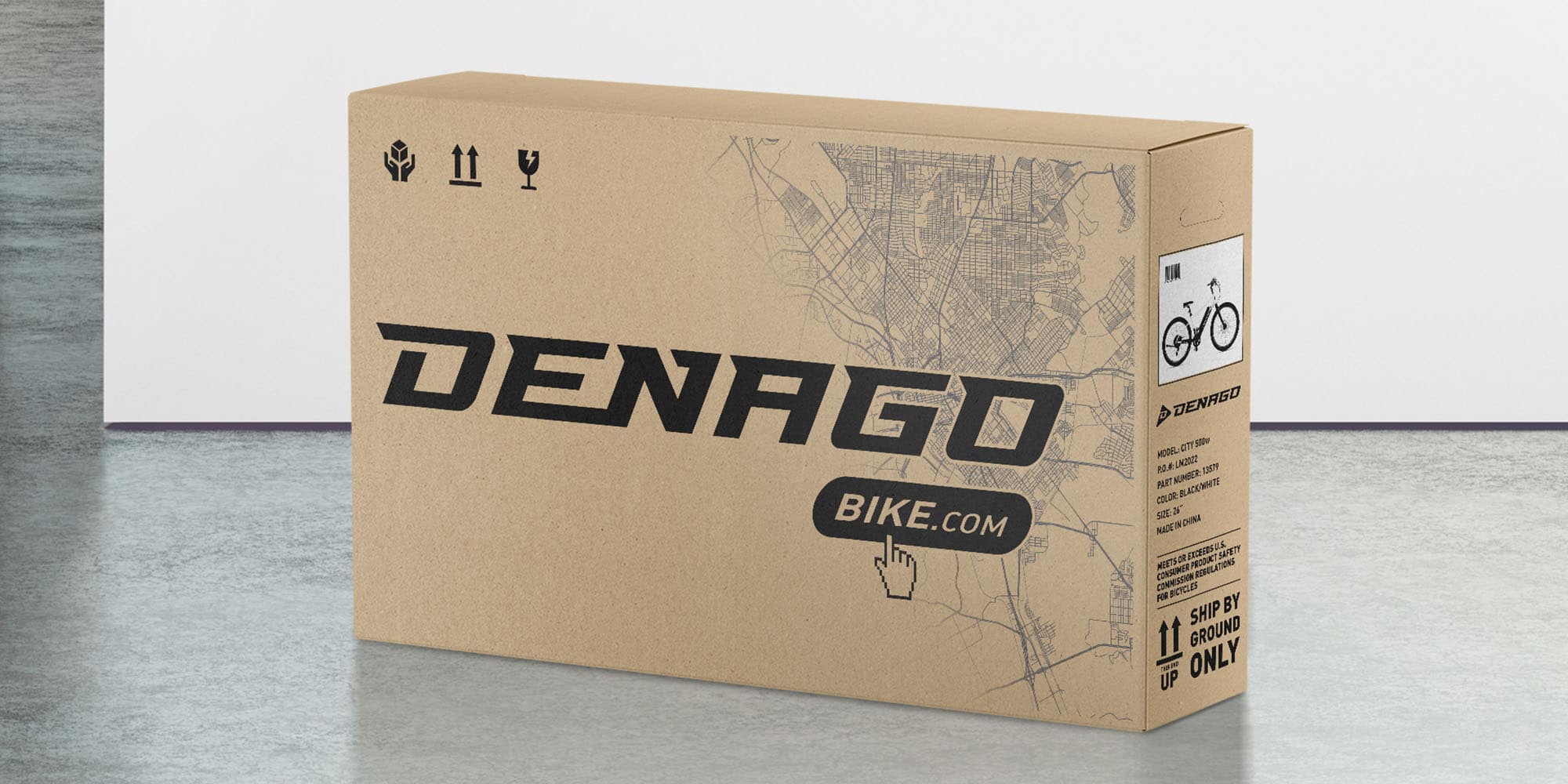Modern branding is a massive undertaking. Because branding encapsulates messaging, reputation, products, services, and design, it can feel like a never-ending task. Add to the equation the fact that today’s customers are more saturated with brand exposure than ever before, and the entire process reads like a recipe for disaster. Overwhelming? Yes. Insurmountable? Definitely not.
Even though the visual landscape is constantly clamoring for our customers’ attention through social media feeds, streaking service commercials, and website ads, modern branding has the power to compete — if you know how to stand out from all the digital noise. In a world saturated with visual information, there is one tried-and-true branding method that can break through the clutter and connect with customers: digging deep into visual identity.
A strategic, well-crafted visual identity can attract and engage the right customers while building a brand’s unique tone and value proposition. If your company is searching for new ways to reinvigorate its methods and join the modern branding revolution, you’ve come to the right place. The branding experts at (matter) are here to guide you through the process, as well as give you concrete examples of well-executed branding in action.
What does modern branding look like in 2024?
The modern branding process has undergone significant transformations in the digital age,
including the incorporation of new technologies, enhanced insights into consumer behaviors, and increasingly creative design trends. While a handful of branding expectations – think narrative storytelling, emotional connection, and highly personalized messaging in conjunction with AI algorithms – remain constant, the new year also brings new visual branding trends.
Last year alone, 55% of consumers reported that their first, and sometimes most meaningful, impressions of a brand were visual. To further expand this point, 78% of consumers could remember a brand’s primary colors, but only 43% could recall the brand’s name. From brand colors and logos to video and graphic content, it’s never been more important to engage consumers through a thoughtful visual brand identity.
What does modern branding mean for my business?
Consumers quite literally have thousands of options at their fingertips, and they are forced to make snap judgments about this plethora of brand information they encounter. To keep pace with current consumer expectations and the overflow of digital information, modern branding should be focused on the current trend of clean design, minimalistic logos, and dynamic color palettes.
Today’s brands are standing at a precipice, deciding how they will proceed: stay the course with their existing visual identity and risk getting lost in the digital clutter, or dive headfirst into innovation and use modern branding trends to propel them into a more successful future.
We’d like to think that you’re here reading this article because you’re prepared to make strategic business decisions that will propel your brand forward. Keep your brand at the forefront of shoppers’ minds by integrating these key insights. From our (matter) design experts to your creative team, here are the top six methods (complete with real-world examples) to effectively build and maintain a compelling brand identity in a saturated visual market.
1. Do your research and get to know your audience.
At (matter), we believe research is the foundation of any good work, and that’s certainly true when it comes to the development of a brand’s visual identity. Detailed research gives you a deeper understanding of how current and potential consumers perceive your brand, as well as what consumers expect and want from your business.
Whether your company is developing a new brand identity or evolving an existing one, it is vital that your design team research everything from brand equity and consumer sentiment to business goals and competitive landscape to help inform your creative content.
2. Embrace simplicity in a digital + mobile-first world.
For many consumers, their first impression of your brand occurs on digital or social platforms. As they quickly scroll on mobile devices, people are searching for content that grabs their attention in a meaningful way. Eye-tracking studies report that many consumers spend only 0.7 seconds looking at an ad before scrolling past it.
With such a short window of opportunity to engage your target audience, it is critical that your design team incorporate the modern branding principles of minimalism and simplicity into your logo design. This streamlined visual representation of your company will enable consumers to quickly understand and absorb your brand identity and will allow your brand to clearly communicate its message.

Real-world example: For (matter) client Cannovia, our experts brought this brand to life by creating a premium brand experience from the ground up. We completely redesigned Cannovia’s identity, packaging, website, printed collateral, and advertising. We also developed a clean, one-color logo that’s as easily viewed in color as it is reversed out, allowing for maximum legibility and flexibility across different digital environments.
3. Go big + bold with color.
Minimalist design doesn’t have to equal lack of color. Multiple marketing studies highlight the importance of color for increased brand recognition, citing statistics that consumers are 81% more likely to recall a brand’s color than remember its name. Bold and vibrant colors not only capture your audience’s attention, but also help elicit an emotional reaction within the first few seconds.
 Real-world example: For (matter) client Moerlein craft beer, we developed a fresh, easily identifiable color palette. From there, we assigned a unique color to each of the Moerlein brews, giving the brand and its specific products an eye-catching presence. This creative use of color across their product lineup now helps Moerlein customers spot their favorite brew with a quick glance at an in-person or digital shelf.
Real-world example: For (matter) client Moerlein craft beer, we developed a fresh, easily identifiable color palette. From there, we assigned a unique color to each of the Moerlein brews, giving the brand and its specific products an eye-catching presence. This creative use of color across their product lineup now helps Moerlein customers spot their favorite brew with a quick glance at an in-person or digital shelf.
4. Harness the power of motion design.
Another 2024 branding trend is the inclusion of motion design. Motion design is the process of bringing static visual elements to life by integrating movement, sound, and visual effects to create motion-based logos and icons.
While the use of animated logos and graphic packaging isn’t new, modern technology has allowed marketers to put a dynamic new spin on the concept. Although motion design platforms are still evolving, we anticipate that more and more brands will begin incorporating motion design elements like animated logo signatures and dynamic social media and email campaigns.
![]() Real world example: For (matter) client Beacon Building Products, we leveraged the power of motion design to enhance their brand presence across various communication channels. In addition to digital marketing materials, we incorporated animated versions of their logo into social media posts, website banners, and promotional videos. These dynamic elements added a layer of sophistication and modernity to their brand, helping them to effectively engage with their audience and differentiate themselves from competitors. By embracing motion design in their communications, Beacon Building Products demonstrated their commitment to innovation and creativity, leaving a lasting impression on their audience.
Real world example: For (matter) client Beacon Building Products, we leveraged the power of motion design to enhance their brand presence across various communication channels. In addition to digital marketing materials, we incorporated animated versions of their logo into social media posts, website banners, and promotional videos. These dynamic elements added a layer of sophistication and modernity to their brand, helping them to effectively engage with their audience and differentiate themselves from competitors. By embracing motion design in their communications, Beacon Building Products demonstrated their commitment to innovation and creativity, leaving a lasting impression on their audience.
5. Seek sustainable options.
Modern consumers, particularly Gen Z and Millennial shoppers, undeniably favor brands that are committed to sustainable practices. An Accenture study found that 52% of consumers are more attracted to brands that stand for something bigger than the products and services they sell.
If sustainability is an untapped facet of your brand’s marketing strategy, look for ways to introduce these environmentally conscious values into your business. You might begin to reduce waste in packaging design, use environmentally friendly and recycled materials, or choose non-toxic inks.
 Real-world example: For (matter) client Denago, a new player in the electric bicycle market, we collaborated closely with their product and marketing teams. Our work involved refining their brand logo, developing paint color schemes, graphic decals, and carton artwork. Denago is targeting individuals who thought their cycling days were behind them, offering affordable e-bikes that bring back the joy of riding.
Real-world example: For (matter) client Denago, a new player in the electric bicycle market, we collaborated closely with their product and marketing teams. Our work involved refining their brand logo, developing paint color schemes, graphic decals, and carton artwork. Denago is targeting individuals who thought their cycling days were behind them, offering affordable e-bikes that bring back the joy of riding.
6. Be authentic + inclusive in your imagery.
To connect with your audience on an emotional level, the photos and videos you choose must feel authentic and relatable. If you must use stock imagery and footage, look for those with natural light sources and down-to-earth living environments. Today’s consumer demographics reflect a more diverse world than ever before, so make sure your images and videos represent a wide range of ages, ethnicities, physical abilities, and perspectives.
A fantastic alternative to stock photography or video is to integrate upcoming AI software. AI tools like Midjourney and Dall-E 3 can transform designs, providing unique and creative visuals. For video post-production, consider using Lumen5 or Descript to streamline the process. Additionally, resources like RunwayML or Unity Muse can add a stylish layer of visual effects to your static designs, enhancing their appeal and engagement.
In conclusion, the modern branding process is an ever-evolving journey that requires businesses to adapt to the digital age’s fast-paced changes. Embracing visual identity as a key component can help brands cut through the noise and connect with their audience. By focusing on simplicity, bold color choices, and innovative design trends like motion design, brands can create a lasting impression in consumers’ minds. Additionally, incorporating sustainability and authenticity into branding efforts can further enhance a brand’s appeal.
Collaborating with a leading agency like (matter), known for its expertise in brand strategy, visual identity development, and creative design solutions, can provide the guidance and creativity needed to navigate the complexities of modern branding successfully. To learn more about how (matter) can help elevate your brand, contact us today. Ultimately, by staying informed about current trends and consumer expectations, businesses can position themselves for success in the competitive world of modern branding.
